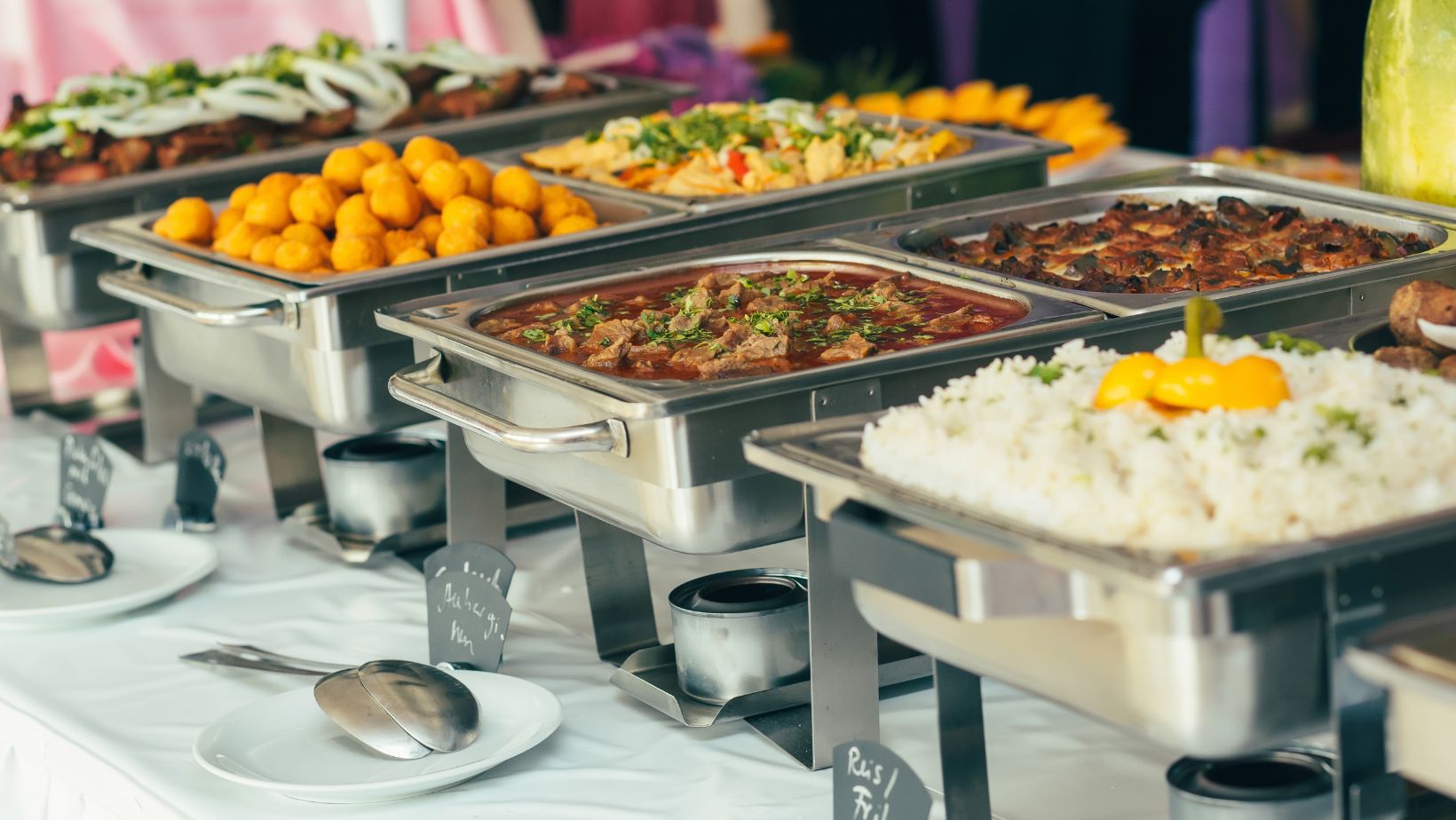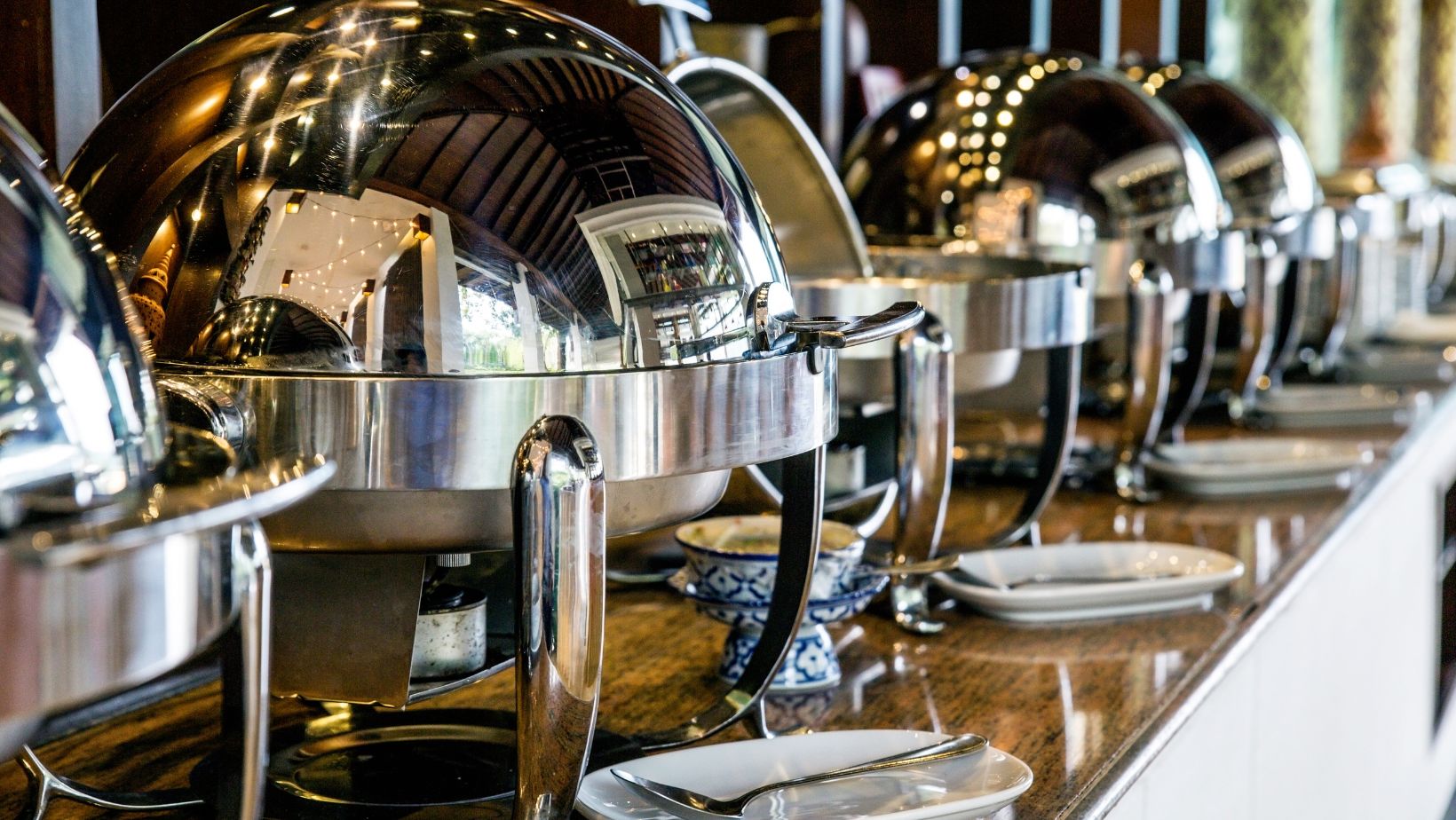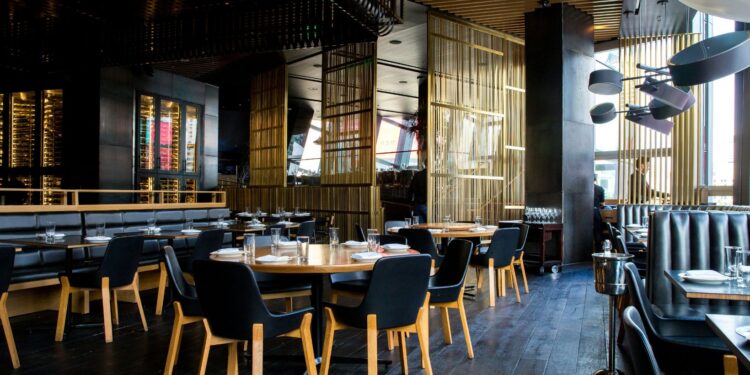The restaurant business has always been a delicate balancing act—juggling customer expectations, operational efficiency, and profitability. But as the digital age accelerates, technology has emerged as a powerful ally for restaurant owners looking to simplify their processes and stay ahead of the curve.
From digital menus to smart analytics and next-gen POS systems, there’s a wide array of tools now available to modern restaurateurs. In this article, we’ll explore how today’s technology is reshaping the way restaurants operate and highlight key innovations that are driving growth and success—especially for those ready to adapt.
POS Systems: The Control Center of a Modern Restaurant
Point of sale (POS) systems have evolved far beyond basic cash registers. Today, they are full-scale business management platforms that touch nearly every aspect of restaurant operations—from ordering and payments to analytics and employee management.
One of the standout solutions in this space is the Gloria Food restaurant POS system. This system provides a flexible, cloud-based infrastructure that enables restaurants to manage orders, streamline operations, and improve service delivery, all from a single dashboard.
Why restaurants love Gloria Food:
• Easy-to-use interface that staff can learn quickly.
• Integration with online ordering and delivery systems.
• Real-time insights into sales, orders, and inventory.
• Tools for managing reservations, tables, and customer flow.
• Compatibility with mobile devices, allowing orders and payments anywhere in the restaurant.
The Gloria Food restaurant POS system acts as the digital backbone of an efficient restaurant, ensuring every moving part—from the front of house to the kitchen—is in sync.
Online Ordering Platforms That Drive Direct Sales
Digital ordering is no longer a “nice-to-have.” It’s a core part of how today’s diners interact with restaurants. Whether ordering from a mobile app or browsing menus online, customers expect speed, customization, and convenience.
While third-party apps like DoorDash and Uber Eats remain popular, many savvy restaurateurs are turning to embedded online ordering systems that plug directly into their websites and social media platforms. This gives them more control over branding, pricing, and customer relationships.
A platform like Gloria Food enables restaurants to:
• Accept commission-free orders directly from customers.
• Offer real-time menu updates and availability.

• Send automated confirmation messages and delivery tracking.
• Build customer databases for future promotions.
Online ordering, especially when synced with your POS, reduces errors, boosts customer satisfaction, and increases your profit margin by cutting out middlemen.
AI-Enhanced Marketing for Smarter Customer Engagement
Marketing a restaurant used to mean flyers, posters, or maybe an ad in the local newspaper. Not anymore. Today’s marketing efforts are increasingly powered by artificial intelligence that learns from customer behavior and delivers personalized experiences.
Using AI tools, restaurants can:
• Automatically segment customers based on order history or frequency.
• Trigger personalized campaigns—like offering a free drink after three visits.
• Recommend dishes based on previous preferences.
• Retarget lost customers with exclusive deals.
This kind of precision marketing not only increases engagement but also helps build customer loyalty over time. And when paired with data from your POS system, you can create a marketing machine that runs on autopilot.
Intelligent Inventory Management to Cut Costs
Inventory can be one of the most unpredictable (and costly) parts of running a restaurant. Without proper controls, spoilage, theft, and overordering can chip away at your profits. That’s where smart inventory systems come in.
Modern tools are designed to:
• Track stock levels in real-time.
• Predict future inventory needs based on past trends and weather data.
• Send alerts when items are running low.
• Suggest optimal reorder quantities to avoid waste.
With tighter control over your inventory, you can ensure you’re not overstocked—or worse, understocked during a rush. The result? Less waste, more savings, and better forecasting for seasonal menu changes.
QR codes are now a staple in many dining experiences, allowing customers to view menus, place orders, and pay—without needing physical contact with staff or menus.
The benefits go beyond hygiene:
• Easy and instant menu updates (no reprints required).
• Ability to include high-quality images and detailed descriptions.
• Dynamic pricing options for special promotions or happy hours.
• Reduced order errors and faster table turnover.
Pair this with contactless payment options and you create a seamless, tech-savvy experience that today’s diners appreciate—and often expect.
Workforce Automation and Smart Scheduling
Managing restaurant staff, especially in a high-turnover industry, has always been a logistical headache. Thankfully, scheduling and workforce management software has made this much more efficient.
These platforms can help you:
• Automatically generate schedules based on availability and labor needs.
• Notify employees of shifts and last-minute changes via mobile apps.
• Track hours and breaks with digital timecards.
• Ensure compliance with local labor laws and overtime regulations.
Automating these tasks frees up managers to focus on coaching, training, and creating a positive workplace culture—which directly impacts service quality.
Kitchen Display Systems: Streamlining the Back-of-House
Gone are the days of lost or crumpled order tickets. Kitchen Display Systems (KDS) now replace traditional printouts with digital screens that display orders the moment they’re placed.
Benefits of a KDS setup:
• Minimized miscommunication between front and back-of-house staff.
• Organized order flow with time tracking to ensure faster service.

• Color-coded systems that prioritize urgent or delayed orders.
• Integration with POS systems for full kitchen coordination.
When used in conjunction with a solution like the Gloria Food restaurant POS system, KDS helps maintain a high level of accuracy and keeps your kitchen running like a well-oiled machine.
8. Real-Time Data and Restaurant Analytics
In the digital age, guesswork is out and data is in. Business intelligence tools are now accessible even to small restaurant operators, providing dashboards that visualize key performance indicators (KPIs) in real time.
With the right tools, restaurants can:
• Analyze peak hours and optimize staffing accordingly.
• Identify best-selling dishes and remove underperformers.
• Track customer lifetime value and repeat order rates.
• Monitor the ROI of marketing campaigns and promotions.
By acting on this data, restaurant owners can make faster, smarter decisions that directly improve profitability and customer experience.




















